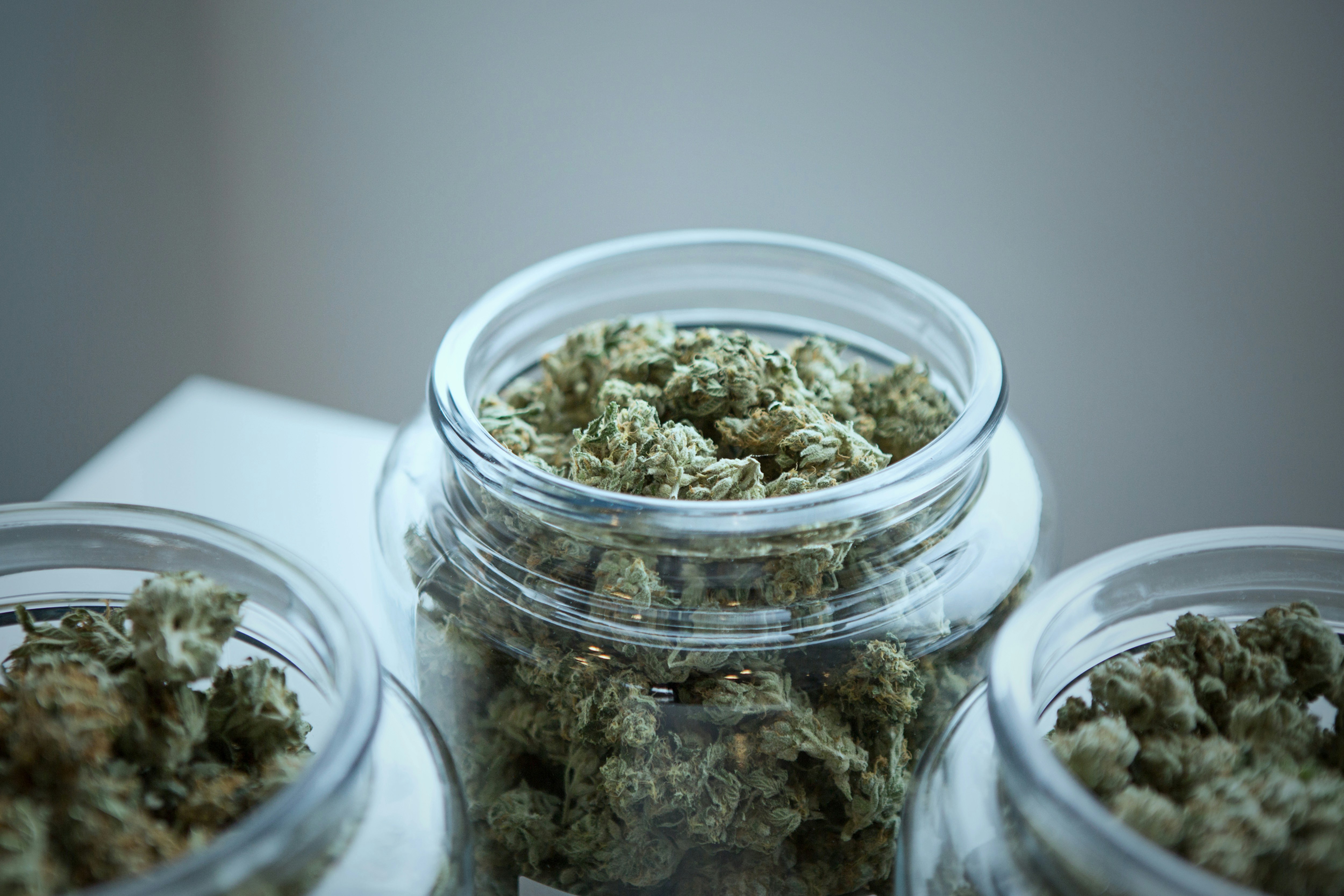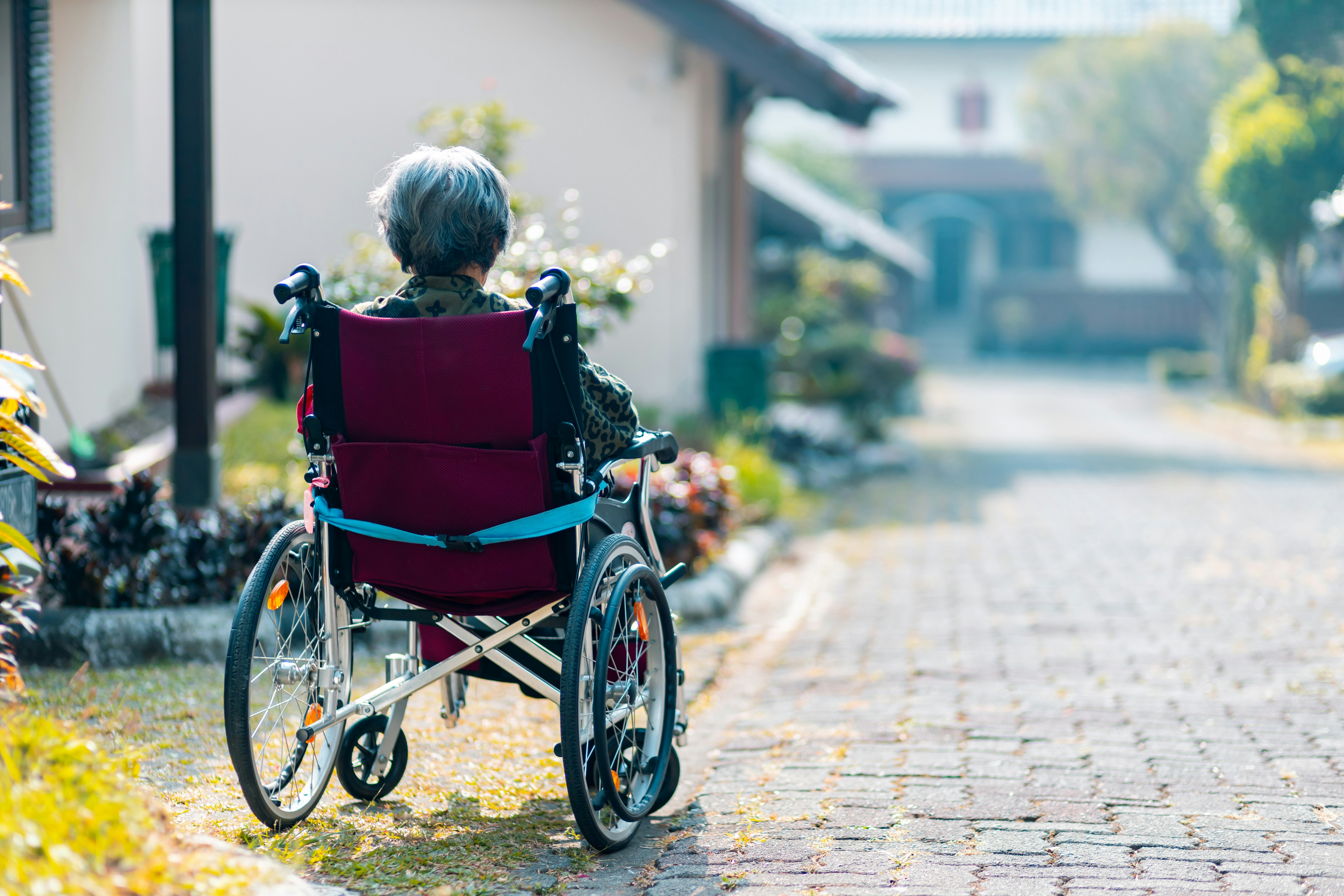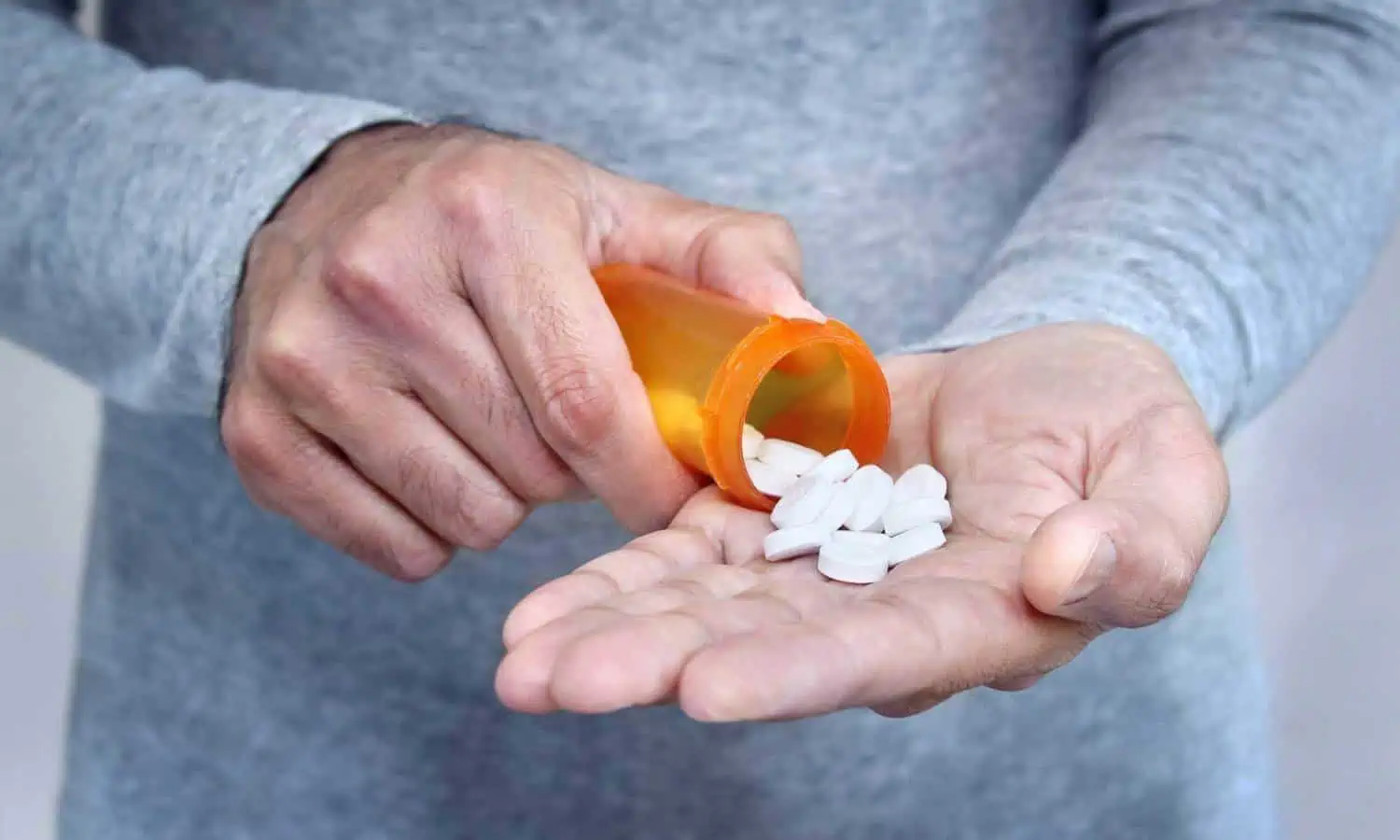Substance abuse hijacks every aspect of your daily life, even rewiring certain parts of the brain. Once you become sober, it can take several weeks or months to fully heal. During this time, your body goes through different phases of withdrawal as it tries to stabilize. In the first few days after quitting, you will experience acute physical withdrawal symptoms such as nausea, vomiting, and seizures. These short-term symptoms have the potential to be life-threatening, which is why medical-assisted detox is suggested for some individuals.
After the initial stage, withdrawal side effects may persist into more psychological symptoms as your brain recalibrates. This cluster of symptoms is grouped under post-acute withdrawal syndrome (PAWS). Although not recognized as an official disorder, PAWS is a widely used term in the treatment community. Depending on the type of substances used, the length of time they were used, and your overall health, there will be an onset of side effects including insomnia, mood swings, and anxiety.
Understanding post-acute withdrawal syndrome and effectively managing your symptoms with psychiatric care and coping strategies can help prevent relapse and set up a solid recovery foundation.
What Are the Causes of Post-Acute Withdrawal Syndrome?
Drugs and alcohol flood your brain with an excess of dopamine, a neurotransmitter responsible for mood regulation and making you feel good. Since your body and mind have become reliant on substances, it can take a long time for your brain to go back to producing chemicals on its own.
Furthermore, several reasons may affect your likelihood of developing more severe symptoms. If you used substances to deal with stress or painful emotions, then it’s more probable that you will have intense mood swings in the first few months of recovery. Quitting “cold turkey” rather than tapering off slowly can send shockwaves through your body and trigger PAWS as well. You also may have developed nutritional deficiencies due to long-term drug use. Substances ruin your appetite and harm your ability to absorb nutrients and vitamins. It’s crucial to become educated on nutrition and make healthy changes to your diet so you can heal faster.
In addition, certain substances are more likely to put you at risk of triggering PAWS. For example, it is estimated that 90 percent of recovering opioid users experience post-acute withdrawal syndrome, while alcohol-dependent users struggle with PAWS at a 75 percent rate. And people recovering from benzodiazepines appear to experience the full spectrum of the syndrome for longer periods compared to other substance users.
What Are the Symptoms of PAWS?
- Difficulty concentrating
- Substance cravings
- Irritability and sudden mood swings
- Sleep disturbances
- Stress sensitivity
- Fatigue
- Anxiety
- Depression
- Lack of motivation
- Coordination loss
What Does Post-Acute Withdrawal Syndrome Feel Like?
Each person experiences PAWS symptoms in varying degrees of severity and duration. Some have described PAWS as a “rollercoaster of emotional distress.” In the first few weeks of recovery, your emotions are chaotic, and you may feel as though your mind is in a constant state of flux. One minute, you might be content and hopeful, but as soon as you encounter a stressor, you might plunge back into feelings of despair or anxiousness. In the past, you probably numbed these uncomfortable feelings with substances, but now you’re forced to face them head-on.
“Brain fog” is something else that people can anticipate in the post-acute withdrawal stage. Many individuals report not being able to think clearly or their brain “shutting off” when presented with a tough task or situation. Be patient with yourself and avoid becoming frustrated. To regain your mental clarity, try engaging in different mindfulness activities such as meditating in a quiet room or going for a walk in the park. If you are feeling creative, perhaps you could try other relaxing activities such as drawing, cooking, or planting a garden.
As time goes on, your psychological symptoms will appear less and less frequently. Sometimes, weeks might go by when you are feeling good, and then you might suddenly hit a wall of exhaustion. These episodes might be triggered by a stressful event, or you could just wake up feeling lousy without an explanation. On these tough days, be kind to yourself and tell yourself, “I am doing enough.”
It can take several months, even years, for PAWS symptoms to fully disappear. Your brain needs time to heal and naturally produce healthy levels of dopamine, endorphins, and other chemicals essential for regulating emotions. While challenging, it is important to keep recovery at the forefront of your mind and use coping skills to minimize the risk of relapse.
How Can You Manage PAWS Symptoms?
- Reach out to your family, friends, sponsor, counselor, therapist, or anyone else in your recovery network. These individuals can offer support when symptoms flare up and remind you to stay focused on your sobriety.
- Continue making appointments with mental health professionals including therapists and psychiatrists.
- Practice self-care by eating nutritious foods, reading a book from a new genre, listening to music, or going for a walk at a nearby park. The possibilities are endless.
- Start journaling your thoughts, emotions, and any uncomfortable PAWS symptoms you are experiencing. You may start to notice behavioral patterns and identify if anything in your daily routine is worsening your symptoms.
- Attend a virtual or in-person 12-Step meeting to build connections, listen to other individuals going through similar struggles, and remind yourself why being in recovery is important.
- To get your mind off drug cravings, pick up the phone and call a friend. Try exercising, meditating, or stretching your body. The more relaxed you are, the less you will be fixating on cravings.
- If your mind has been racing and concentration seems to be an issue, try limiting the time you spend on any task to just 15-20 minutes and come back to it later.
- If you are struggling with insomnia, create a peaceful nightly routine. You can do this by going to bed at the same time every night and limiting electronic screen time. Drinking a cup of tea or buying an aromatherapy diffuser can also help soothe your mind.
Post-acute withdrawal syndrome is a temporary yet challenging time period. Although you might wake up feeling irritable or extremely tired on some days, remember that this is a positive sign that your brain is healing. You can’t hurry recovery; knowing what to expect during PAWS and utilizing different coping skills can help you conquer each day.
If you or a loved one is struggling with addiction, Mountainside can help.
Click here or call (888) 833-4676 to speak with one of our addiction treatment experts.

 By
By 







